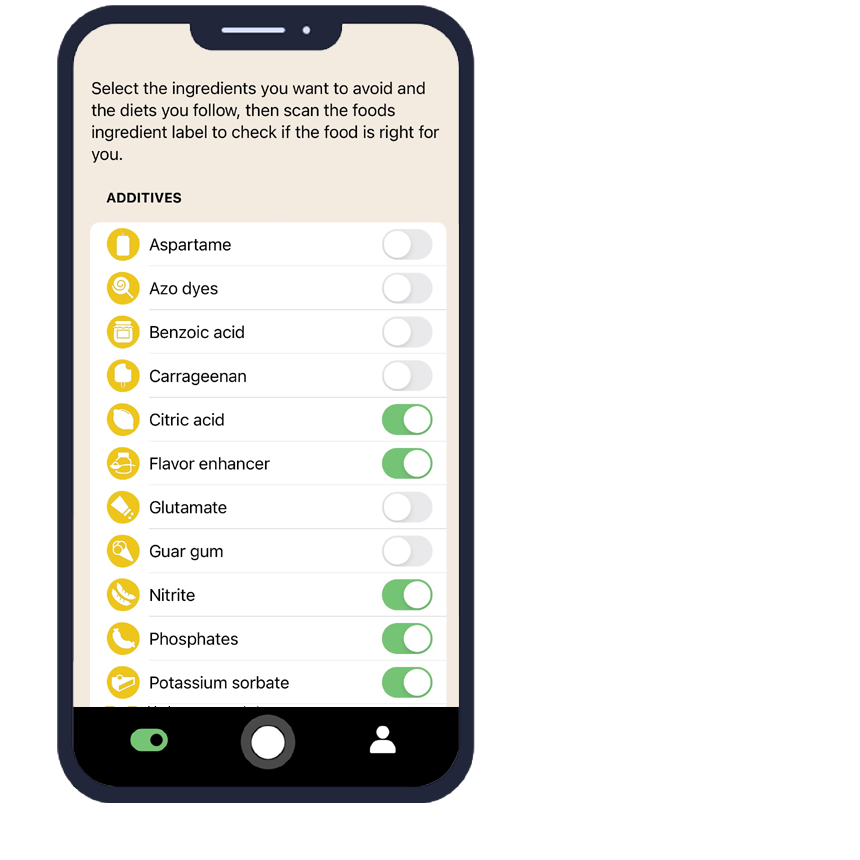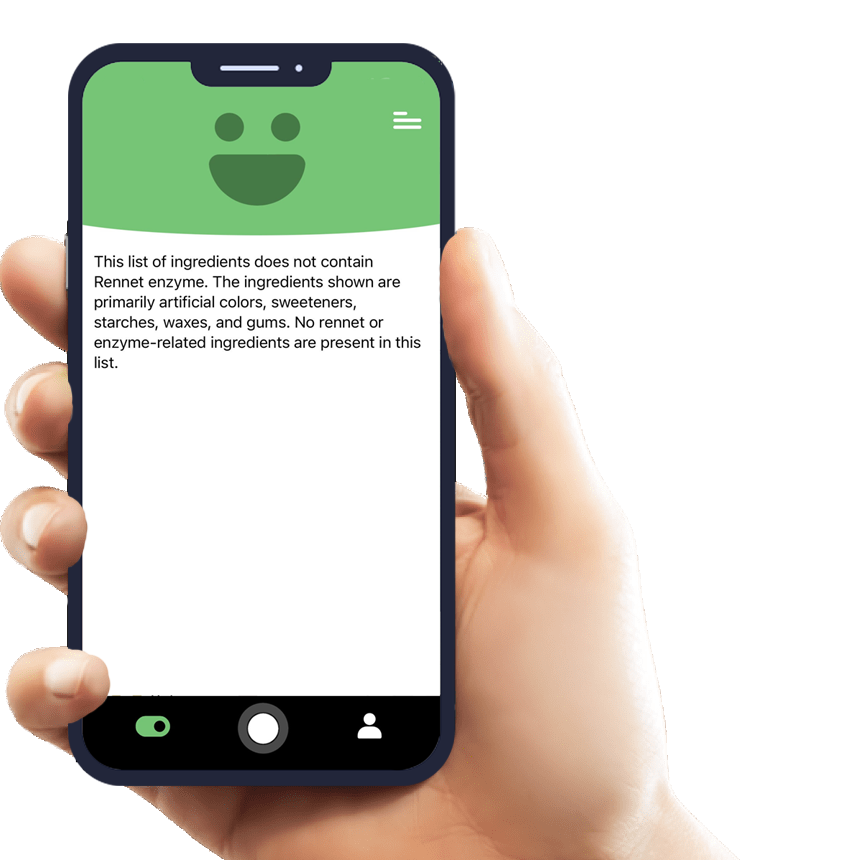Everything You Need to Know About Brazil Nut Allergies and How AI Eat This Can Help
Brazil nut is one of the most potent tree nut allergens found in countless food products worldwide. For individuals with Brazil nut allergies or dietary restrictions, identifying this ingredient can be challenging due to complex labeling and alternative names. The AI Eat This mobile app revolutionizes how consumers navigate food safety by instantly scanning ingredient lists and identifying Brazil nut in any language, making grocery shopping safer and more confident for those with specific dietary needs.
Understanding Brazil nut as both a nutritious food and potential allergen is crucial for making informed dietary choices. This comprehensive guide explores everything you need to know about Brazil nut safety and how modern technology can protect your health.
What Is Brazil Nut and Where Is It Used?
Brazil nut comes from the Bertholletia excelsa tree native to the Amazon rainforest. These large, triangular nuts are prized for their rich, creamy flavor and exceptional nutritional profile, containing high levels of selenium, healthy fats, and protein. However, Brazil nut is also recognized as one of the "Big 8" allergens that must be clearly labeled on food products.
Brazil nut appears in numerous food products beyond obvious sources like mixed nuts or trail mix. Many processed foods contain Brazil nut as an ingredient or may have cross-contamination risks during manufacturing.
Common Foods Containing Brazil Nut
- Baked goods including cookies, cakes, and pastries
- Chocolate products and confectionery items
- Granola bars and energy snacks
- Nut butters and spreads
- Ice cream and frozen desserts
- Salad dressings and sauces
- Protein powders and nutritional supplements
- Breakfast cereals and muesli
Food manufacturers may also use alternative names for Brazil nut, making identification more challenging. These include "Para nut," "cream nut," or simply listing it within "tree nut" ingredients without specific identification.
Is Brazil Nut Safe? What Does the Research Say?
Regulatory Approvals and Guidelines
The FDA recognizes Brazil nut as a major allergen requiring mandatory labeling on packaged foods. The European Food Safety Authority (EFSA) and World Health Organization also acknowledge Brazil nut allergies as significant health concerns affecting millions worldwide.
For most people, Brazil nut is completely safe and offers substantial nutritional benefits. However, individuals with Brazil nut allergies can experience severe reactions ranging from mild symptoms to life-threatening anaphylaxis. Even trace amounts can trigger reactions in highly sensitive individuals.
Risks for Specific Groups
Brazil nut intolerance differs from allergies but can still cause digestive discomfort, bloating, or other gastrointestinal symptoms. Some individuals may need to avoid Brazil nut due to specific dietary restrictions or medical conditions that require careful monitoring of selenium intake, as Brazil nuts are extremely high in this mineral.
Cross-contamination during food processing poses additional risks for those with severe Brazil nut allergies. Manufacturing facilities that process multiple tree nuts may inadvertently introduce Brazil nut proteins into supposedly nut-free products.
How Does AI Eat This Help You Avoid Brazil Nut?
The AI Eat This app transforms ingredient identification through advanced artificial intelligence technology. Users simply scan product barcodes or ingredient lists with their smartphone camera, and the app instantly identifies Brazil nut presence, even when listed under alternative names or in foreign languages.
This innovative tool allows users to create personalized dietary profiles, setting specific filters for Brazil nut avoidance. The app maintains an extensive database of food products and continuously updates ingredient information to ensure accuracy and reliability.
Key Features for Brazil Nut Safety
AI Eat This provides real-time alerts when Brazil nut is detected in scanned products. The app's multilingual capabilities make it invaluable for travelers or those purchasing imported foods with foreign language labels. Users can also access detailed nutritional information and alternative product suggestions that meet their dietary restrictions.
The app's user-friendly interface makes it accessible for all ages, from parents managing children's food allergies to adults navigating their own dietary needs. Regular updates ensure the database remains current with new products and ingredient formulations.
Who Should Avoid Brazil Nut?
Individuals diagnosed with Brazil nut allergies must completely avoid this ingredient to prevent allergic reactions. Symptoms can range from mild itching and hives to severe anaphylaxis requiring immediate medical attention. Those with tree nut allergies should consult allergists to determine if Brazil nut avoidance is necessary, as cross-reactivity varies among different tree nuts.
People following specific dietary restrictions for religious, ethical, or health reasons may also choose to avoid Brazil nut. Some individuals limit Brazil nut consumption due to its extremely high selenium content, which can be toxic in excessive amounts.
Parents of children with food allergies face particular challenges in maintaining Brazil nut-free diets. School lunches, birthday parties, and social gatherings often involve foods with unclear ingredient lists, making tools like AI Eat This essential for ensuring child safety.
Tips for a Brazil Nut-Free Diet
Reading ingredient labels carefully remains the foundation of avoiding Brazil nut, but modern technology like AI Eat This significantly simplifies this process. Always check labels even on familiar products, as manufacturers occasionally change formulations without obvious packaging updates.
When dining out, communicate clearly with restaurant staff about Brazil nut allergies and ask detailed questions about ingredient sources and preparation methods. Many restaurants now provide allergen information, but cross-contamination risks still exist in commercial kitchens.
Practical Shopping Strategies
- Use AI Eat This to scan products before purchasing
- Shop the perimeter of grocery stores where whole foods are typically located
- Choose certified allergen-free products when available
- Contact manufacturers directly when ingredient information is unclear
- Maintain a list of safe brands and products for quick reference
Building relationships with local grocers and bakeries can help identify Brazil nut-free options. Many specialty stores cater to customers with food allergies and maintain detailed ingredient information for their products.
Conclusion
Managing Brazil nut allergies or dietary restrictions doesn't have to limit your food choices when you have the right tools and knowledge. Understanding where Brazil nut appears in foods and recognizing potential risks empowers you to make safer dietary decisions. The AI Eat This app revolutionizes ingredient identification, making it easier than ever to avoid Brazil nut while maintaining a varied and nutritious diet.
Technology continues to improve food safety for individuals with dietary restrictions, and AI Eat This represents the cutting edge of this innovation. By combining comprehensive ingredient databases with user-friendly scanning technology, the app provides peace of mind for anyone avoiding Brazil nut.
Take control of your dietary safety today. Download AI Eat This for free testing and experience how modern technology can transform your approach to food shopping and ingredient identification!

70 filters
With over 70 filters, you can easily avoid certain ingredients and follow your dietary preference.

Paleo

Pescetarian

Ultra-processed food

Vegan







































































